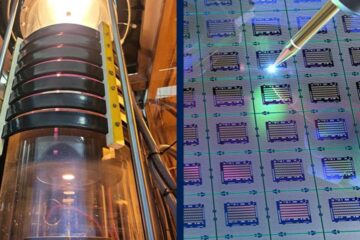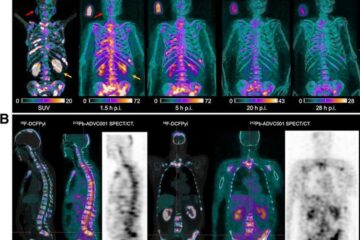Russian Far East Holds Seismic Hazards That Could Threaten Pacific Basin

But research in the last 20 years has shown that the Kamchatka Peninsula and Kuril Islands are a seismic and volcanic hotbed, with a potential to trigger tsunamis that pose a risk to the rest of the Pacific Basin.
A magnitude 9 earthquake in that region in 1952 caused significant damage elsewhere on the Pacific Rim, and even less-powerful quakes have had effects throughout the Pacific Basin.
“There's not a large population in the Russian Far East, but it's obviously important to the people who live there. Thousands of people were killed in tsunamis because of the earthquake in 1952. And tsunamis don't stay home,” said Jody Bourgeois, a University of Washington professor of Earth and space sciences.
Bourgeois will discuss the seismic and volcanic threats in the Kamchatka-Kurils region Monday (Dec. 3) during the fall meeting of the American Geophysical Union in San Francisco.
Earthquakes greater than magnitude 8 struck the central Kurils in 2006 and 2007, and both produced large local tsunamis, up to about 50 feet. Though the tsunamis that crossed the Pacific were much smaller, the one from the 2006 quake did more than $10 million in damage at Crescent City, Calif.
In 2009, Sarychev Peak in the Kurils erupted spectacularly, disrupting air traffic over the North Pacific.
Clearly, determining the frequency of such events is important to many people over a broad area, Bourgeois said.
“Let's say you decide to build a nuclear power plant in Crescent City. You have to consider local events, but you also have to consider non-local events, worst-case scenarios, which includes tsunamis coming across the Pacific,” she said.
But that is only possible by understanding the nature of the hazards, and the historic record for earthquakes, tsunamis and volcanic eruptions in Kamchatka and the Kurils is relatively short. In addition, because the region was closed off from much of the world for decades, much of the information has started becoming available only recently.
Much has been learned in the last 10 years in the examination of tsunami deposits and other evidence of prehistoric events, Bourgeois said, but more field work in the Kamchatka-Kurils subduction zone is required to get a clearer picture.
“For hazard analysis, you should just assume that a subduction zone can produce a magnitude 9 earthquake,” she said. So it is important to “pay attention to the prehistoric record” to know where, and how often, such major events occur.
Bourgeois noted that in the last 25 years research in the Cascadia subduction zone off the coast of Washington, Oregon, northern California and British Columbia has demonstrated that the historic record does not provide a good characterization of the hazard. It was once assumed the risks in the Northwest were small, but the research has shown that, before there were any written records, Cascadia produced at least one magnitude 9 earthquake and a tsunami that struck Japan.
Alaska's Aleutian Islands and the Komandorsky Islands, an extension of the Aleutians controlled by Russia, are another source of seismic and volcanic activity that need to be evaluated for their potential risk beyond what is known from the historical record.
“The Aleutians are under-studied,” Bourgeois said. “The work in the Russian Far East is kind of a template for the Aleutians.”
Ideally, a dedicated boat could ferry researchers to a number of islands in the Aleutian chain, similar to how Bourgeois and other scientists from the United States, Japan and Russia have carried out a detailed research project in the Kuril Islands in the last decade.
“The problem is that during the (research) field season, boats are commonly in demand for fishing,” she said.
For more information, contact Bourgeois at 206-685-2443 or jbourgeo@uw.edu.
Media Contact
More Information:
http://www.uw.eduAll latest news from the category: Earth Sciences
Earth Sciences (also referred to as Geosciences), which deals with basic issues surrounding our planet, plays a vital role in the area of energy and raw materials supply.
Earth Sciences comprises subjects such as geology, geography, geological informatics, paleontology, mineralogy, petrography, crystallography, geophysics, geodesy, glaciology, cartography, photogrammetry, meteorology and seismology, early-warning systems, earthquake research and polar research.
Newest articles

Silicon Carbide Innovation Alliance to drive industrial-scale semiconductor work
Known for its ability to withstand extreme environments and high voltages, silicon carbide (SiC) is a semiconducting material made up of silicon and carbon atoms arranged into crystals that is…

New SPECT/CT technique shows impressive biomarker identification
…offers increased access for prostate cancer patients. A novel SPECT/CT acquisition method can accurately detect radiopharmaceutical biodistribution in a convenient manner for prostate cancer patients, opening the door for more…

How 3D printers can give robots a soft touch
Soft skin coverings and touch sensors have emerged as a promising feature for robots that are both safer and more intuitive for human interaction, but they are expensive and difficult…




















